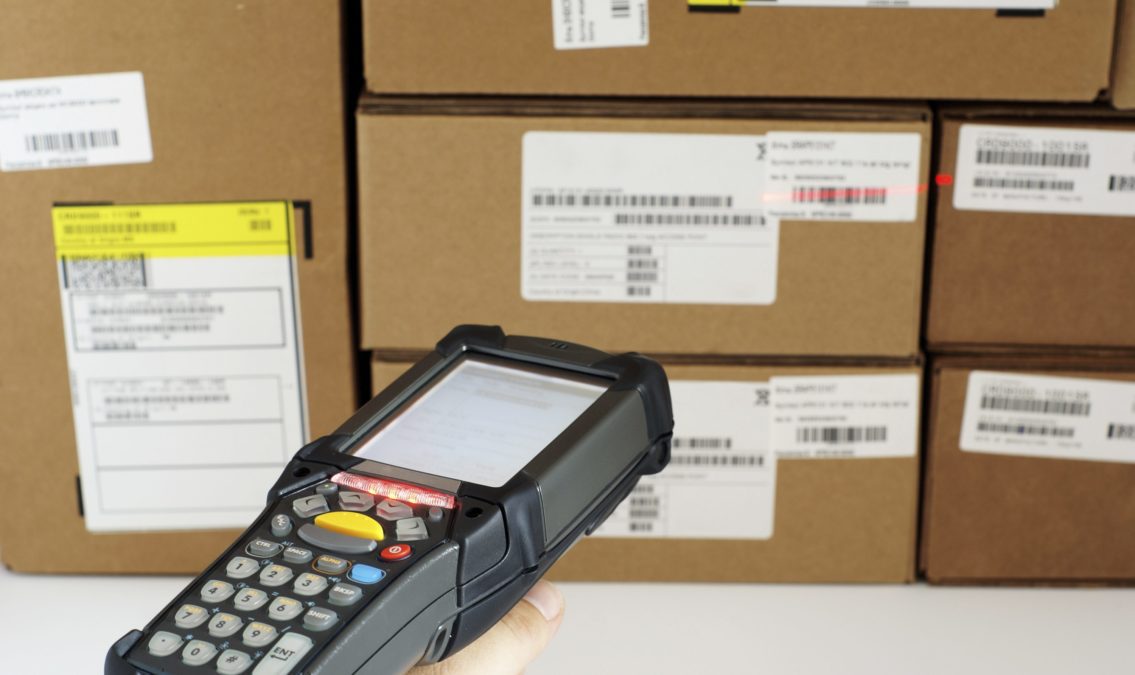What is Inventory Control? Why is It Important?


In today’s fast-paced business world, effective inventory management is more crucial than ever. Inventory control is an essential aspect of business operations and done properly can significantly impact a company’s efficiency and profitability.
From defining inventory control to discussing its various methods and benefits, this comprehensive guide provides valuable insights for businesses of all sizes looking to optimize their inventory processes.
Whether you’re a small startup or a large corporation, understanding and implementing strong inventory control practices can be the key to streamlining operations, reducing costs, and ultimately boosting your bottom line.

Inventory control, also referred to as stock control, is so broad and incorporates so many functions that it is difficult to describe in a limited definition, but we like how this Inc.com entry puts it: Inventory control refers to “all aspects of managing a company’s inventories: purchasing, shipping, receiving, tracking, warehousing and storage, turnover, and reordering.”
Inventory control is such a critical piece of an organization’s operations and bottom line that it is too important to leave to human error or antiquated systems. That’s why so many companies opt to invest in inventory control systems, so that all of the components of inventory control are managed by one integrated system.
The ultimate goal of your inventory control should be to maximize your organization’s use of inventory. When you maintain proper inventory levels, you can rest easily knowing that your capital is not unnecessarily tied up in your inventory.
If you are in manufacturing, inventory control also protects production if there are problems with bottlenecking or the supply chain.
Typical benefits of a computerized inventory system include…
If you handle several warehouse locations or need to access your inventory levels on the go, a computerized inventory control system may be right for your organization’s needs. Inventory control software solutions are more efficient than manual ones, allowing for more flexibility and an easier time retrieving information.
Computerized inventory systems allow you to quickly get a real-time glimpse into your inventory value. Other beneficial features of computerized inventory control include:

There are some best practices for inventory control that are worth considering so that you can achieve the ideal inventory levels in your organization. Modern Materials Handling gathered a panel of experts with more than 80 years of combined inventory experience to share their tips and advice.
In conclusion, inventory control is a critical component of successful business management. By implementing effective inventory control strategies, companies can optimize their stock levels, reduce carrying costs, minimize waste, and improve customer satisfaction.
As we’ve explored throughout this article, the benefits of proper inventory control extend far beyond the warehouse, impacting everything from cash flow to customer relations.
In an increasingly competitive marketplace, businesses that master the art of inventory control position themselves for greater efficiency, profitability, and long-term success. Whether through advanced software solutions or tried-and-true manual methods, investing time and resources into refining your inventory control processes is a decision that will undoubtedly pay dividends in the future.
Our sales engineers are experts in automatic asset tracking, tagging and identification,a nd can answer all your questions. Get in touch now.
Lets Talk ›Enter your information and get a free checklist of the top questions to answer and tips to plan a successful asset tagging project for any asset management or tracking system implementation.